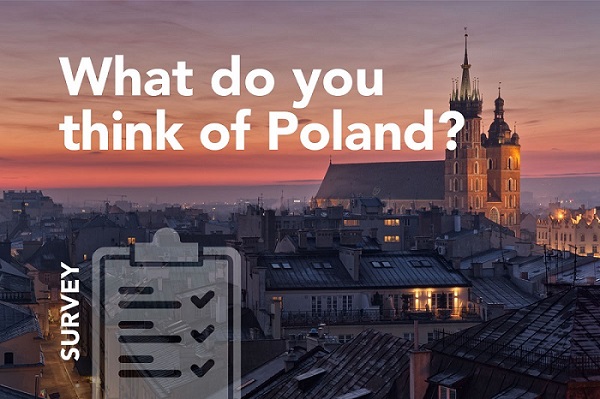Świętokrzyskie Voivodeship
This is a charming province, home to the Świętokrzyskie Mountains and Świętokrzyski National Park. The region is all about hermit and monastic traditions, age-old legends and dinosaurs combined with picturesque towns, multiple historical sites and famous health resorts. The regional capital is Kielce.
Świętokrzyskie province lies in south eastern Poland and shares a border with six provinces: Mazowieckie, Lubelskie, Podkarpackie, Małopolskie, Śląskie and Łódzkie. The province capital is Kielce. Świętokrzyskie province covers an area of over 11,700 sq. km. The Świętokrzyskie Mountains are a distinctive element of the region’s landscape.
Świętokrzyskie: The Heart of Poland
A land full of legends, ghosts and magic spells. Wrapped in forests and having a terrific collection of historical sites and other attractions, the region is tempting for tourists.
Did the first baptism of Poland take place in Wiślica as early as 880 AD? Some historians believe it did and have evidence to prove it; an ancient font discovered in this town on the River Nida. What is certain is that the Świętokrzyskie region, Nagłowice to be specific, was where the father of Polish literature lived and worked for a time. Today the Mikołaj Rej Manor (built around 1800 by the Walewski family) houses not only a museum devoted to him but guest rooms as well. The region has many such quaint places. You could start exploring it from the capital, Kielce, a geological paradise in the open air, and the beautiful Sandomierz. Below are some more must-see sites.
Świętokrzyskie Mountains
Although not particularly high and shaped by relatively “recent” geological processes, they are built of the oldest rocks in Poland. Part of the mountainous region overgrown with forests is occupied by Świętokrzyski National Park. The highest peak is Mount Łysica, worth climbing for the screes found on the slopes of all of the Łysogóry range. These are masses of loose stones of Cambrian quartzite sandstone that is 500 million years old. The second-highest mountain, Łysa Góra, was where witches held sabbaths in pagan times. Today better known as Święty Krzyż – Mount Holy Cross – it is home to the oldest Polish shrine of the Holy Cross Wood Relics from which the Świętokrzyskie (Holy Cross) Mountains take their name.
The Świętokrzyski Fair takes place here every year. The oldest regional event is Świętokrzyskie Bloomeries (Dymarki Świętokrzyskie) which celebrates the smelting of iron in furnaces called bloomeries, reviving traditional methods used in the region thousands of years ago.
Caves and Dinosaurs
The Świętokrzyskie Mountains are rich in attractions. One of them is the tourist route in the Raj (Paradise) Cave which has a wealth of diverse calcite dripstones. It features groups of stalactites in uniquely great numbers. Another interesting place to visit is the multimedia Neanderthal Centre with a 3D hologram of the skull of this prehistoric human and a life-sized replica of a mammoth.
The Museum of the Kielce Region Countryside Ethnographic Park in Tokarnia is a unique opportunity to see what villages in the Kielce region once looked like. Here you will find cottages and entire farmyards with barns, mills and manor houses. The museum organises craft shows, field games, quests and themed tours (dying trades, everyday life, festivities). Annual events held here include the Świętokrzyski Festival of Flavours, the Świętokrzyski Agritourism Fair and Lead Smelting.
The Krzemionki Archaeological Museum and Reserve, listed as a UNESCO World Heritage Site in 2019, is a genuine smash hit of the region. It enables you to explore preserved – as if in a time capsule – Neolithic striped flint mines. The 1.5km route, part of it running underground, presents this unique industrial landscape from 5,000 years ago together with excavations, slag heaps and mineshafts.
It’s well worth stopping in the nearby Ćmielów to see the Living Museum of Porcelain, the product for which the town is famous.
The Bałtów Tourist Complex, Poland’s first Jurassic park, is not just great for kids. You can take a kilometre-long walk along an educational path with 100 lifesize models of dinosaurs, the Jurassic Museum, the Prehistoric oceanarium, a zoo and ranch and the Sabathówka Witches’ Village. These are just some of the things to see in small Bałtów, where dinosaur tracks were discovered years ago and a thriving village with an extensive accommodation and catering offering.
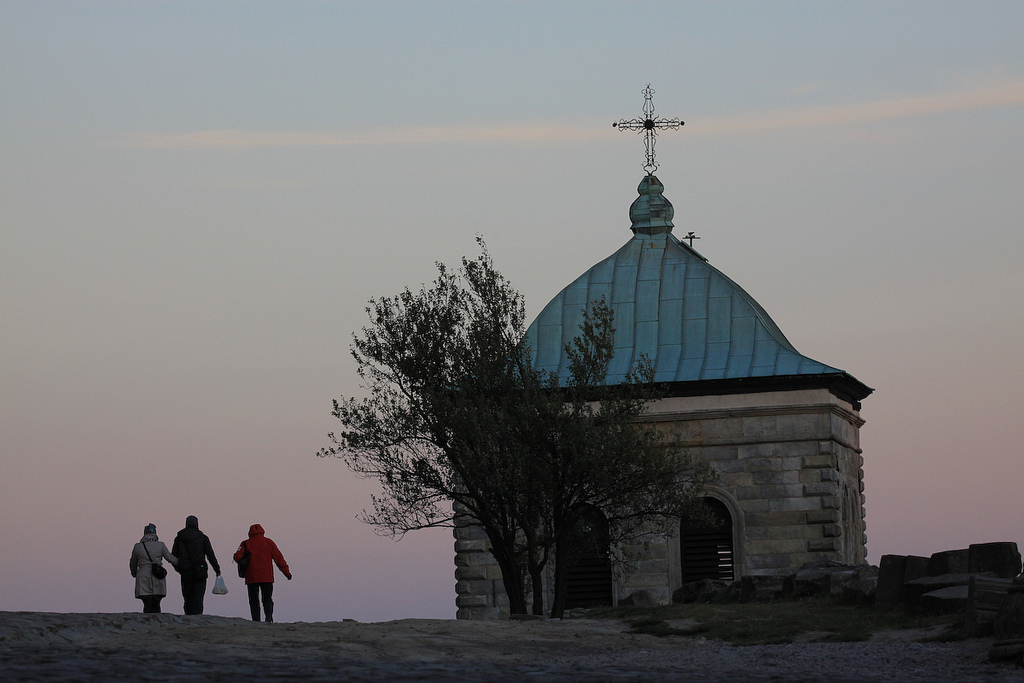
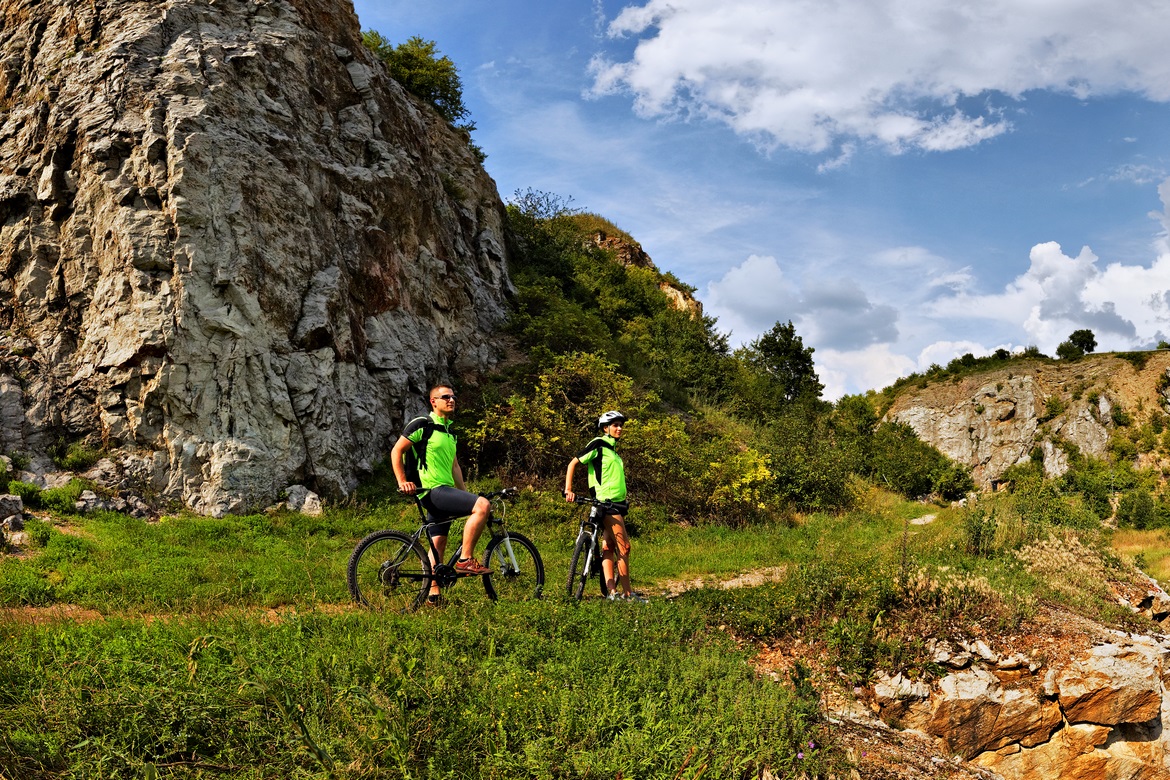
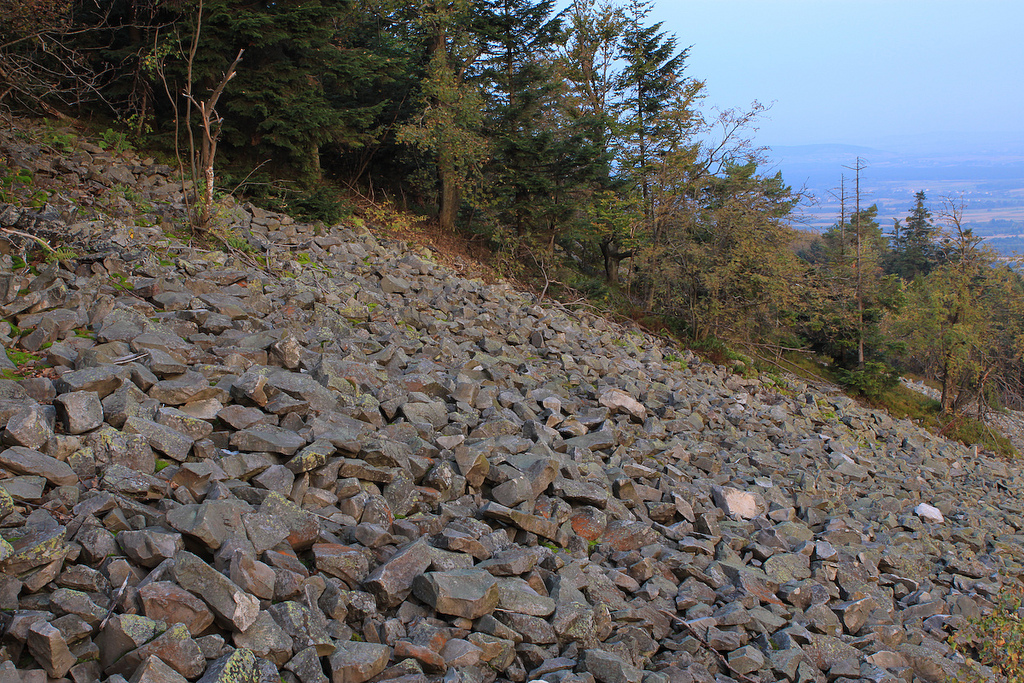
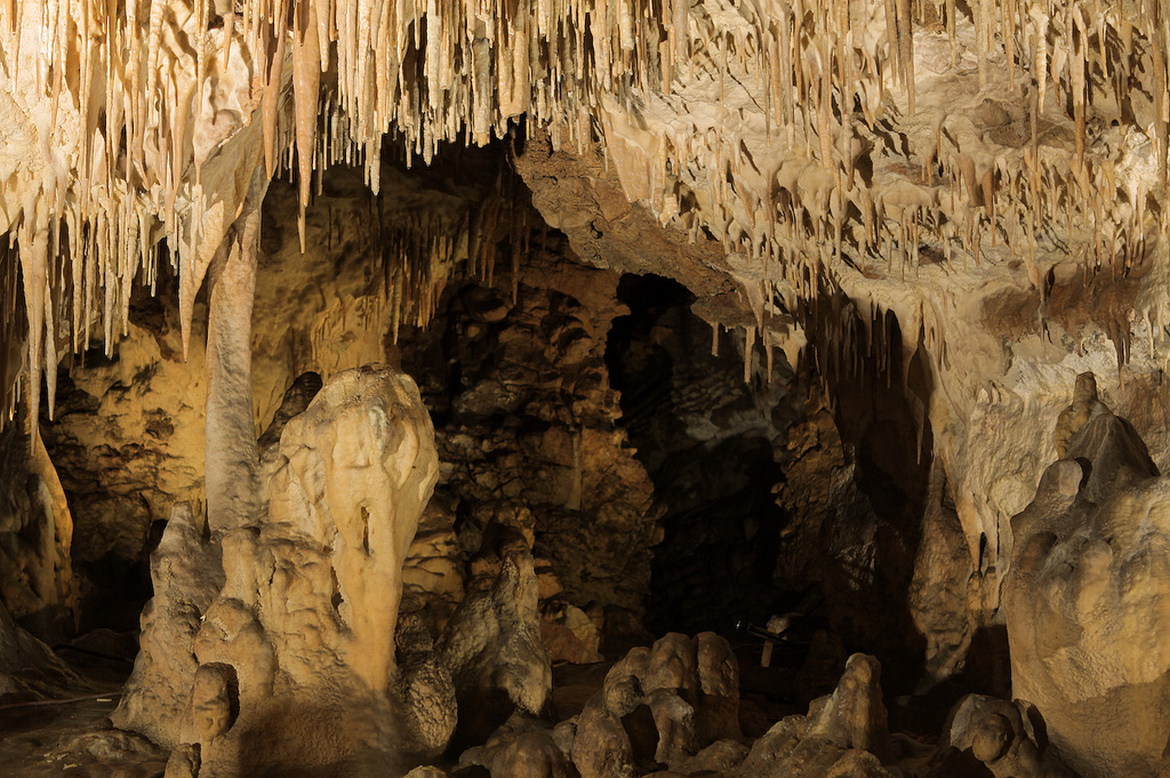
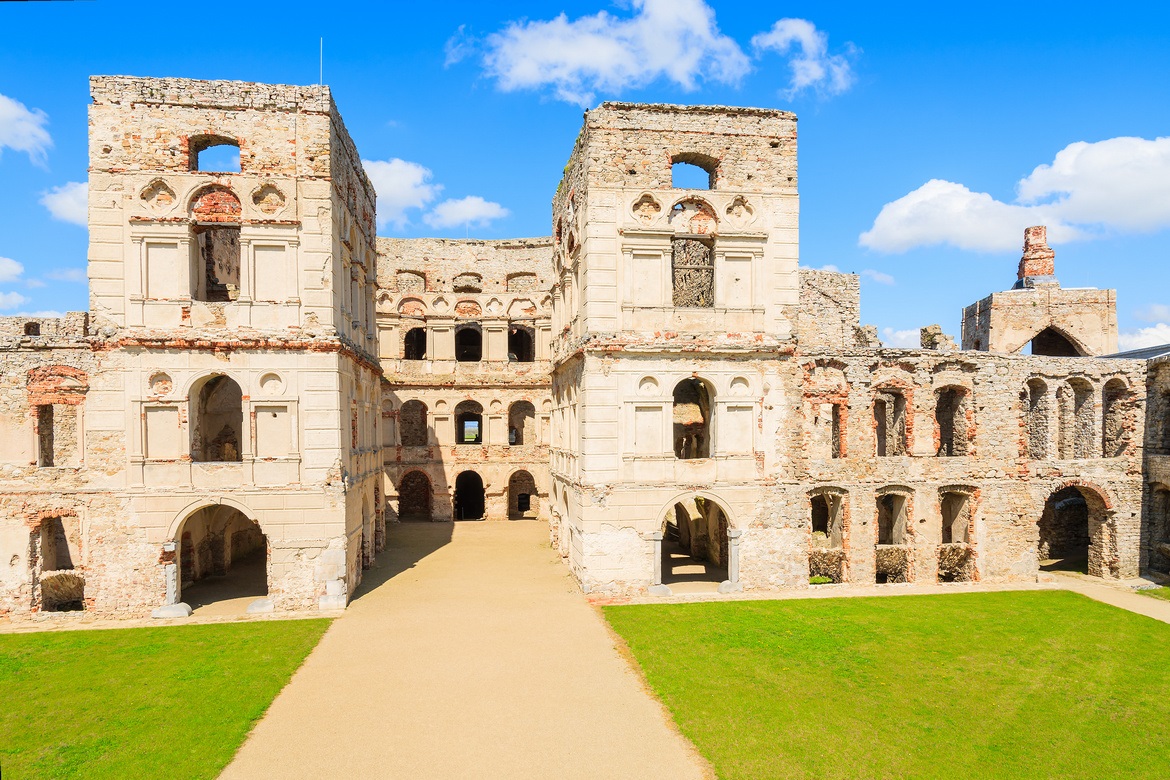
Alluring Castles
The ruins of Krzyżtopór Castle in Ujazd impress everyone. The white walls of the former fortress palace emerge from the hills of the Opatów region. The lavish mannerist aristocratic residence of Krzysztof Ossoliński, designed by Italian architect Lorenzo Senes, occupied a volume of 70,000 cubic metres. The layout referenced the calendar: four towers for the four seasons, 12 halls corresponding to the months of the year, 52 chambers for the number of weeks, and 365 windows for the number of days in a year. Above the dining room, through the glass ceiling you could view fish swimming in an aquarium and the horses in the stable could look at themselves in mirrors and ate from gold troughs. The programme includes outdoor knights’ picnics and night-time tours.
Equally interesting is the castle in Szydłów, a town surrounded by stone walls with merlons, which is why it is sometimes called the Polish Carcassonne. The national Knightly Tournament for King Casimir the Great’s Sword and the Plum Festival are held there every year.
In Ponidzie
This region, cut across by the River Nida, looks similar to a steppe. Among other things it features the castle ruins in Chęciny, one of the biggest strongholds in 16th-century Poland. They “played” the fortress in Kamieniec Podolski in the film adaptation of Henryk Sienkiewicz’s novel Fire in the Steppe. Night-time tours with a fire and light show, historical dances and the White Lady are especially worth recommending.
Wiślica also lies in the Ponidzie region. In the times of the first Piasts it was, next to Kraków and Sandomierz, the most important administrative and political centre of Małopolska. The local collegiate church has a surprise: a visibly laughing figure of the Blessed Virgin Mary, and also some priceless artefacts including a Romanesque floor with orans figures in the vaults and a font supposedly older than the one found on Lednica where Mieszko I was baptized.
In Ponidzie, a wide range of health spa services are offered in Solec-Zdrój as well as Busko Zdrój with its annual Krystyna Jamroz International Music Festival. Another event worth noting is the International Festival of Organ and Chamber Music in Jędrzejów.
Pińczów, another interesting town, is a former centre of the Polish Brethren, also called Arians, who were a radical Protestant group.


